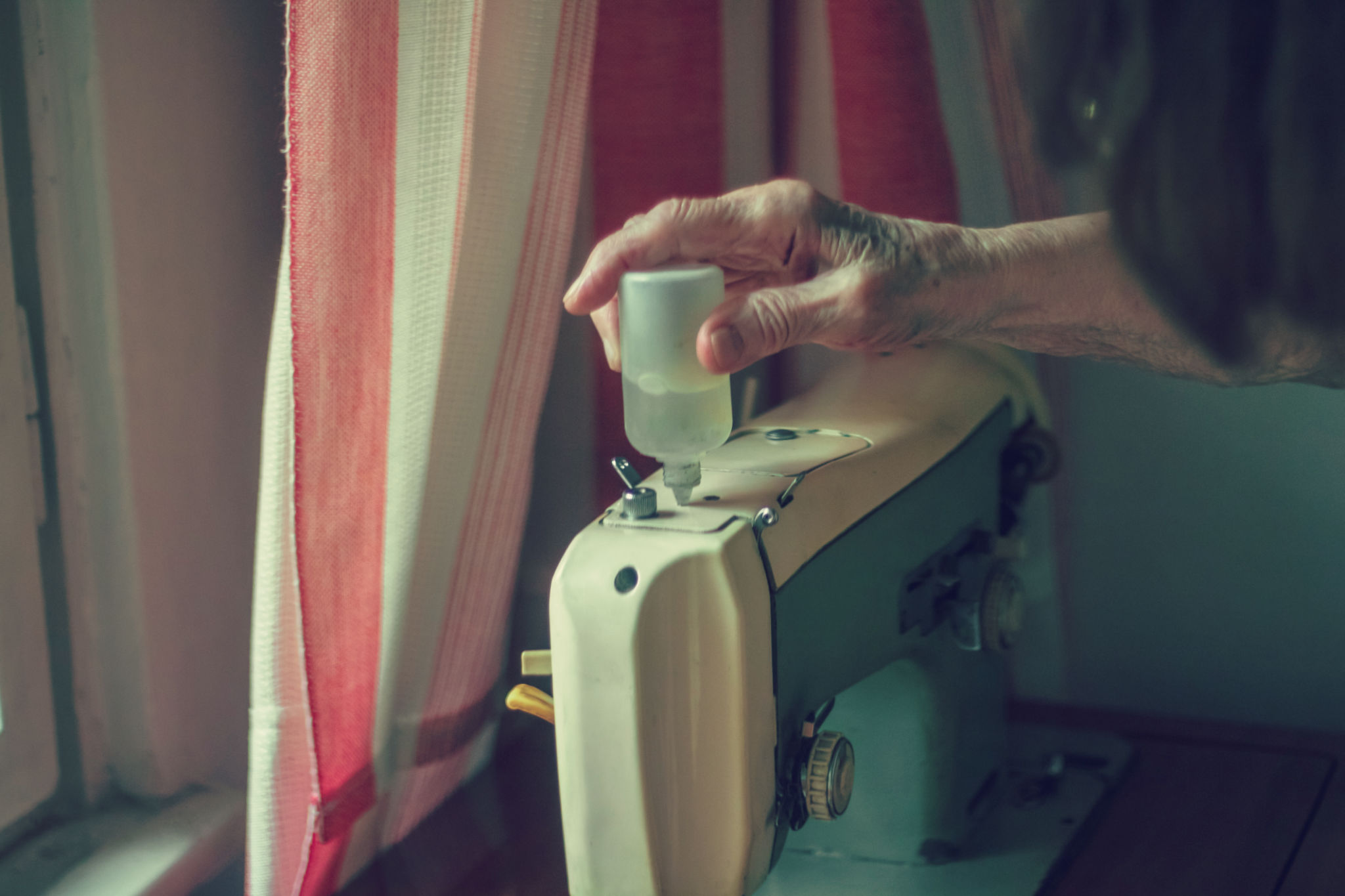How to Maintain Your Sewing Machine for Optimal Performance
Understanding Your Sewing Machine's Anatomy
To keep your sewing machine running smoothly, it's essential to understand its basic components. Familiarize yourself with parts like the bobbin, feed dogs, needle plate, and presser foot. A solid grasp of these components will make maintenance tasks more intuitive and help you swiftly identify any issues.

Regular Cleaning and Dusting
Sewing machines can accumulate lint and dust from fabrics, which can lead to performance issues. Regular cleaning is crucial. Begin by turning off and unplugging your machine. Use a small brush or a vacuum attachment to gently remove debris from the bobbin area and feed dogs. Avoid using compressed air as it may blow lint further into the machine.
It's also beneficial to wipe down the exterior of your machine with a soft, damp cloth to keep it looking new and free from dust. Regularly check your user manual for any specific cleaning instructions tailored to your model.
Proper Lubrication
Lubrication is vital for ensuring that your sewing machine operates without friction, which can cause wear over time. Refer to your machine's manual to identify lubrication points and use the recommended oil. Apply oil sparingly as excessive oil can attract dust and lint.

Needle Maintenance
The needle is a critical component of your sewing machine. It's important to change it regularly, as a dull or bent needle can lead to skipped stitches or fabric damage. A good rule of thumb is to replace the needle after every project or every eight hours of sewing.
Always use the correct type and size of needle for your project, as this will ensure optimal performance and prevent unnecessary strain on your machine.
Checking Tension and Stitch Quality
A key aspect of sewing machine maintenance is ensuring that the tension is set correctly. Incorrect tension can result in uneven stitches or bunching of fabric. Test your tension by sewing a few test stitches on a scrap piece of fabric before starting your project.

Adjust the tension settings according to the type of fabric you are using. If you notice any irregularities in stitch quality, consult your user manual for troubleshooting tips specific to your model.
Annual Professional Servicing
Even with regular maintenance, it's advisable to have your sewing machine serviced by a professional annually. An expert can perform a thorough check-up, address any issues you might have missed, and ensure that all components are in perfect working order.
This professional servicing is an investment in the longevity and performance of your sewing machine, helping you enjoy smooth and trouble-free sewing experiences for years to come.